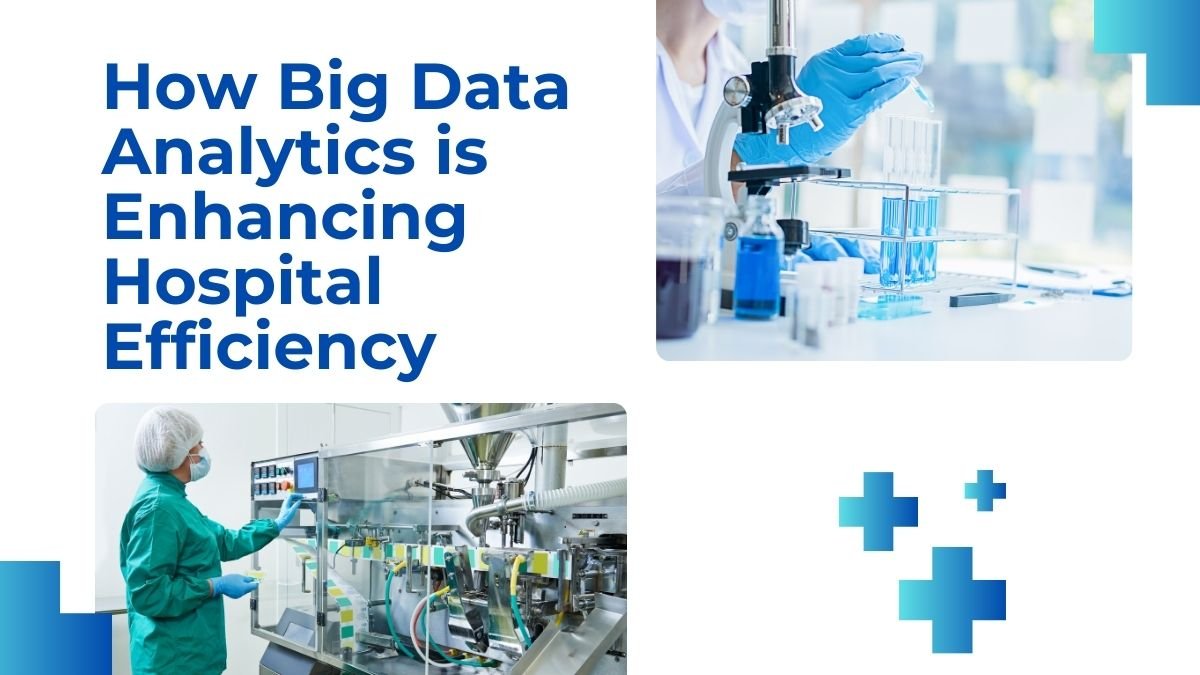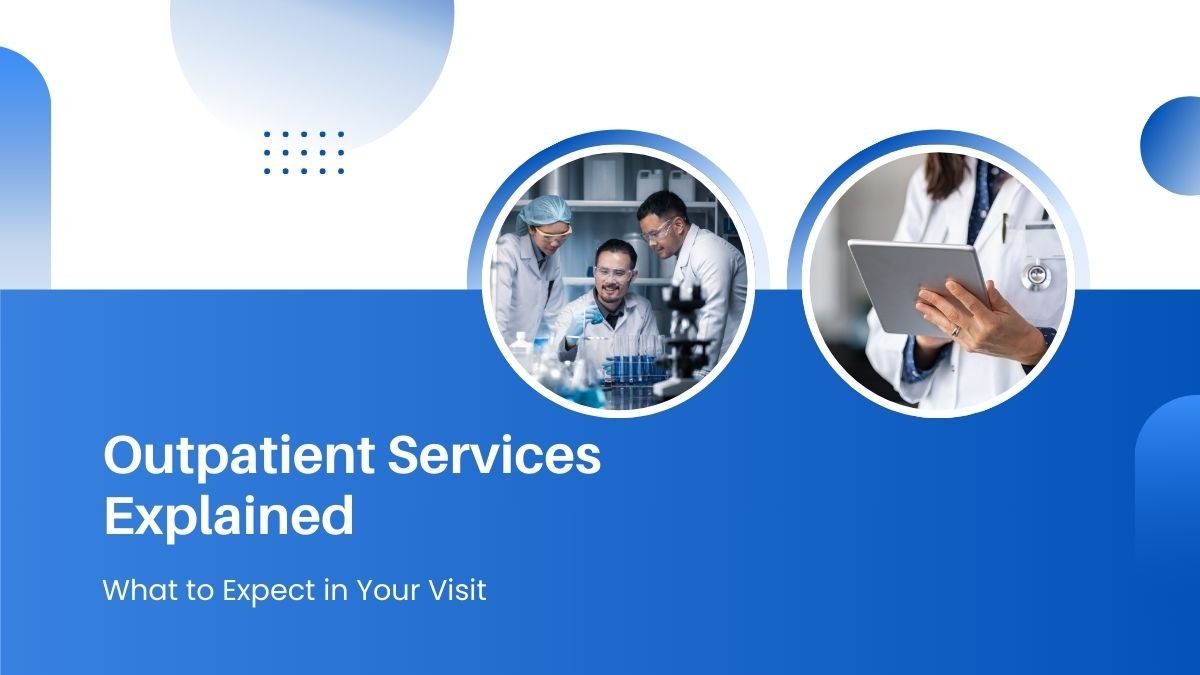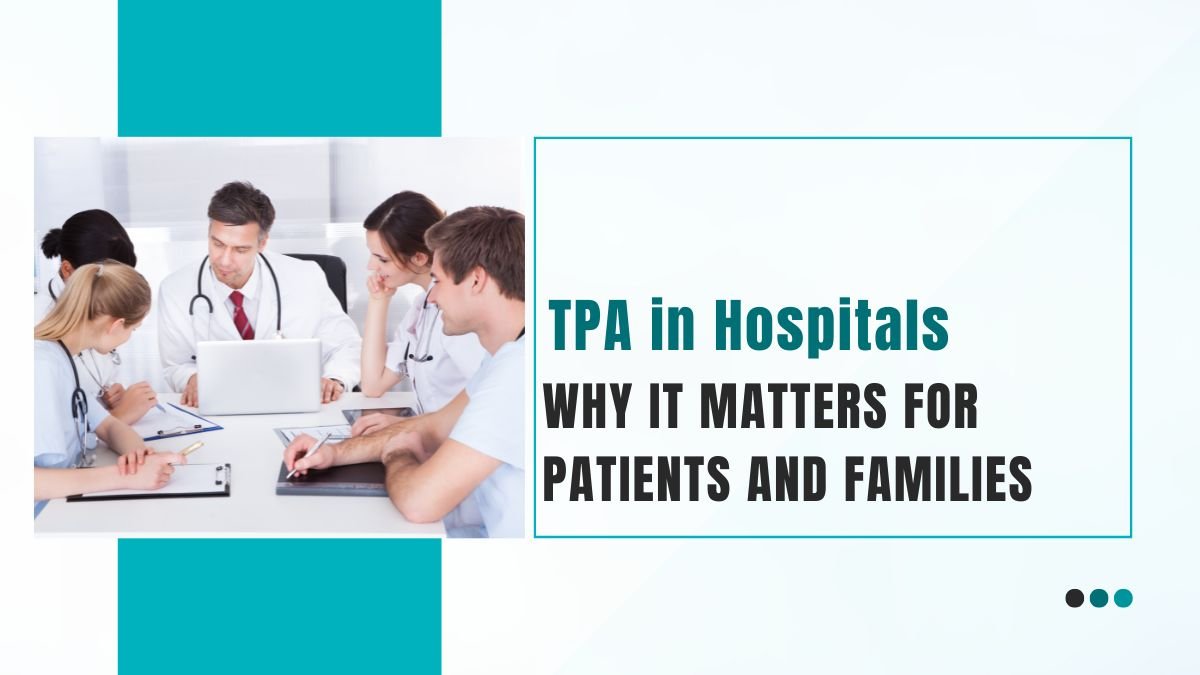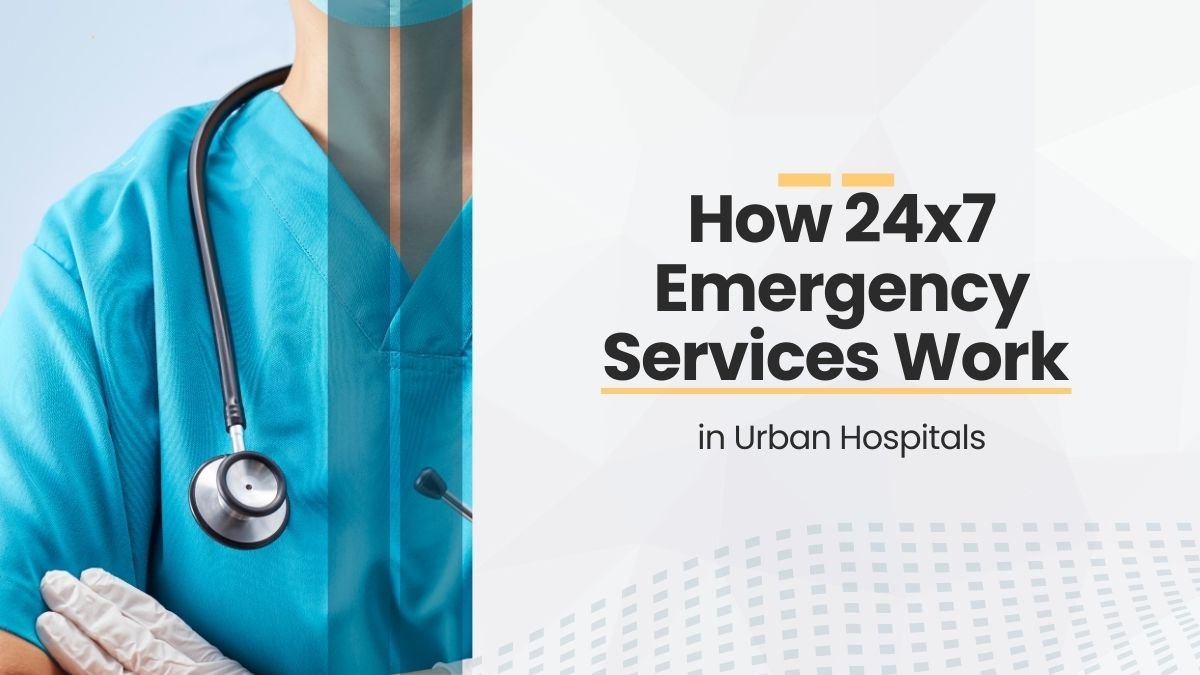Big Data Analytics – Technology that is changing the way hospitals work
Today, hospitals are no longer just a place of treatment, but they have become a complex system where thousands of data points are created and changed every day – such as patient medical records, test reports, drug lists, staff schedules, equipment usage, billing and much more.
If such big data just lies in files and reports, then there is no special benefit of it. But when this data is analyzed properly, that is, big data analytics is used, then it brings amazing changes in the efficiency of the hospital, patient care and reducing costs.
1. Operational Efficiency – Running the hospital work fast and properly
Better utilization of resources (Resource Allocation)
Every hospital has limited things like doctors, nurses, machines and beds. Big Data Analytics helps in understanding which facility is used the most, when and where.
For example, if data shows that the emergency ward is most crowded between 9 am and 11 am, more staff can be put on duty at that time.
Similarly, by looking at the usage pattern of X-ray machines or MRI machines, it can be decided when they should be serviced, so that there is no interruption during busy times.
Predictive Analytics
Hospitals can predict the number of patients admitted in the coming weeks or months based on past records.
During flu season or dengue, this technology tells whether the number of beds needs to be increased and medicines need to be stocked in advance.
This way patients do not have to wait and the hospital’s operations remain smooth.
2. Patient Care Improvement
Personalized Treatment
Every patient is different – his age, medical history, allergies, reaction to medicine, all are different. Big Data Analytics analyzes all these things and creates a specific treatment plan.
Example: Medicine and diet plan for a diabetic patient can be decided based on his previous blood sugar record and lifestyle.
Real-Time Monitoring
Some of the functions of wearable gadgets, such as smartwatches or health bands, are continuous sensing of heart rate, oxygen levels, and blood pressure.
If the patient is at home and suddenly, perhaps in the case of an accident, his oxygen level drops, the device can immediately alert the hospital.
This would then send an ambulance within time to save the patient’s life.
3. Cost Reduction
Supply Chain Management
It is very important to have medicines, surgical equipment and other medical supplies available in the hospital at the right time.
Big data shows which medicine is going to expire when, whose stock is more than required, and whose is less.
This prevents unnecessary wastage and essential items are always available on time.
Reducing Operational Costs
Data analytics shows which parts of the hospital are wasting time or money.
Example: If it takes an average of 5 days for patients to get their reports in a department while it takes 2 days in other places, it means that there is a need to change the process there.
4. Clinical Decision Support
Data-Driven Insights
Doctors now have not only experience but also the support of data.
AI and big data analytics can suggest to the doctor which treatment will be more effective by looking at the symptoms, test results and medical history of the patient.
Risk Management
By looking at the data, it can be found out which patients are in the high-risk category.
Example: If a patient’s blood test is consistently showing abnormal results, then his case can be monitored with special attention so that treatment can be started before a major problem occurs.
5. Patient Engagement
Enhanced Communication
Data analytics helps hospitals understand when and how patients prefer to receive information.
Example: Some patients prefer email updates, some prefer WhatsApp messages.
By providing information to the patient at the right time and through the right medium, their satisfaction and trust can be increased.
Feedback Systems
By analyzing patient feedback, hospitals are able to understand which services need improvement.
Example: If there is constant feedback that the discharge process is too long, then it can be speeded up by working on it.
Challenges in adopting Big Data Analytics
- Data privacy and security: The patient’s medical data is extremely sensitive. Its security is the biggest priority.
- Technical infrastructure: Integrating new technology into the old system can be expensive and difficult.
- Training required: Doctors, nurses and staff have to learn to use new tools.
- Data quality: If the data is incomplete or incorrect, the results may be incorrect.
Conclusion – The way forward for hospitals
Big data analytics is not just a technology for hospitals, but a strategic shift.
It allows hospitals to plan better, provide personalized and timely treatment to patients, reduce costs and make staff work easier.
For patients, it means better treatment, less waiting and more trust.
If implemented correctly, big data analytics can become the heart and brain of every hospital in the future, not only making work faster and more precise, but also improving patient outcomes. It will not only make us smart but will also help in saving millions of lives.









